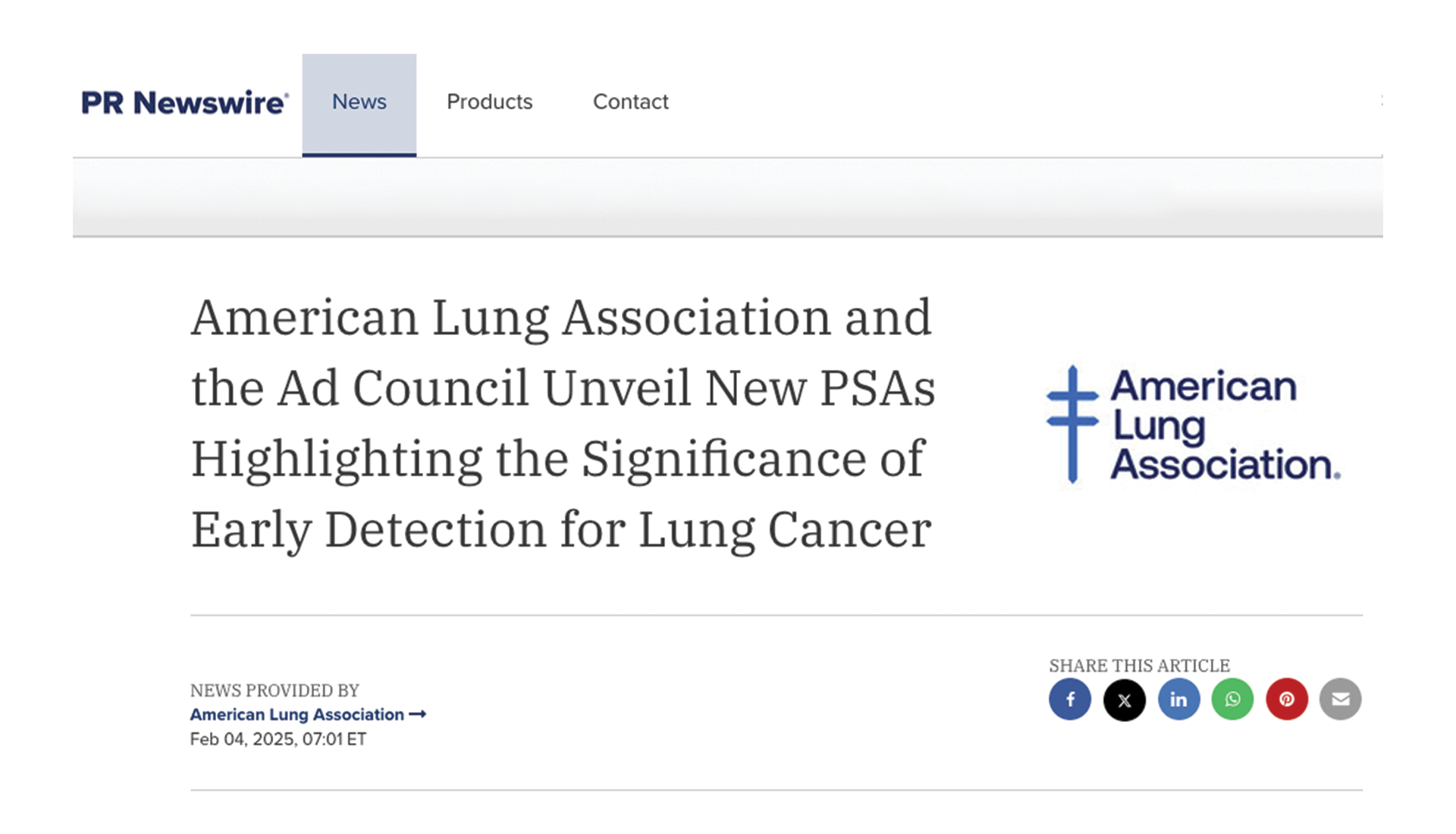If You Want to Gain the Trust of ESG-Minded Consumers, Purpose-Driven Transparency Is Key
April 29, 2024
By Tom Bloch, SVP, Strategy, Hill Holliday
Today’s consumers care more about a brand’s efforts surrounding sustainability, gender equality, labor practices, and other environmental, social, and governance (ESG) efforts — but in turn, they’re more savvy and skeptical of those efforts than ever before. We’ve all been immersed in negative reporting about corporate misdeeds and greenwashing, and even the most well-intentioned efforts can backfire if they don’t hold up the deeper scrutiny.
So how can brands navigate a world where consumers want to see real investment in ESG efforts, but are also unlikely to take corporations’ sustainability claims at face value?
Why ESG Efforts Matter
Embracing sustainability as an organization isn’t easy. Achieving sustainability-oriented certifications and implementing greener practices can be costly, but consumers are increasingly demanding it, with 78% saying a sustainable lifestyle is important to them.
If your organization is seeking to communicate those efforts to its audience, it must do so thoughtfully and with great respect for what actually matters to the sustainability-minded audience.
But covering a product in certifications and parroting “green” buzzwords and imagery will only take you so far. People who care about sustainability want a level-headed, clear-eyed look into what your brand is doing to make the world a better place — and they can smell false narratives from a mile away, especially in sectors that are traditionally unsustainable like the energy industry. In fact, over half of consumers globally (55%) are skeptical of sustainability claims from brands.
When it comes to ESG, though, today’s consumers are also sophisticated enough to understand that it’s sometimes unrealistic to have sustainability and other efforts that solve giant global problems or completely forgo a brand’s profits. But they still expect to see brands being ambitious, creative, and thoughtful when it comes to implementation. To trust their word on sustainability-related efforts, for instance, they want to see that the brand is authentic in how it hires internally to achieve goals and the ways it is contributing to tackling climate-related initiatives and issues. Consumers have access to more information than ever, and will notice if a brand isn’t actually taking tangible steps to implement change.
Transparency Is Key
The next step can be a scary one for brands: complete honesty.
Consumers need to believe that a brand is being honest rather than greenwashing, especially as it becomes more common to call brands out for inauthenticity. No brand is perfect, and the best ones see their efforts as a work in progress, honestly saying, “Yes, we’re doing what we can in an imperfect world.” There’s a bravery that’s required with this type of honesty — but for consumers, it’s arresting and attention grabbing to see a brand give a no-BS account of its sustainability endeavors. It makes them stand out from the buzzword-laden, green-leaf plastered sustainability ads we’re used to seeing.
Of course, being transparent should only be done if a brand has a corporate story worth telling. In other words, you need to walk the walk before you talk the talk. Fake transparency is the worst possible option. Take Innocent Drinks’ “Little Drinks, Big Dreams” campaign, which was widely called out by advocacy groups for greenwashing, as it was perceived as being used by the brand’s parent company Coca-Cola to greenwash their activities related to plastic waste; ultimately, the campaign was banned in the U.K.
In short, brands stand out by taking a transparent approach. Take Volkswagen’s pivot to electric vehicles after its headline-grabbing scandal of 2015, when a half-million diesel Volkswagen models were cited for emissions violations. The brand didn’t shy away from acknowledging the issues, worked hard to show consumers the efforts it was making, and ultimately created a powerful marketing campaign that effectively repositioned the brand as a climate leader.
Patagonia has also grabbed positive attention through radical honesty. During COP26, for example, the company announced that it no longer wants to call itself a “sustainable brand” until it reduces emissions throughout its supply chain and also highlighted the steps it’s taking to do so, even when it may hurt the company’s bottom line. More recently, the brand also vowed not to block unionizing efforts, a move that stood in stark contrast to nearly every other company’s stance on unionization, especially those in the retail space.
Tie It Back to Brand Purpose
So, where does a brand begin? A brand’s distinct purpose should dictate what sustainability initiatives are pursued and how those stories are told. When you see a tech company that might be better suited to speak to gender equity topics working hard to tell a carbon neutrality story, for example, it can ring hollow.
Instead, reflect on your brand’s purpose and let it authentically inspire what sustainability efforts and marketing your brand should pursue. And if you don’t have a mission that inspires that kind of thinking, it may be worth reconsidering your brand’s purpose and identifying the kind of inspiring mission that will serve as a north star.
When a brand makes a misstep in its ESG efforts, consumers will know immediately — and they won’t forget it easily. It’s about telling a meaningful story that’s closely linked to a brand’s purpose and specific audience. If that’s done properly, authentically, and transparently, then that brand will become an icon in the space, seeing long-term relevance, revenue, and, in turn, loyalty.
Related Articles
All News
A Billboard Saved Me from Dying from Lung Cancer — Before I Even Had Symptoms (Exclusive)
Read Now
American Lung Association and the Ad Council Unveil New PSAs Highlighting the Significance of Early Detection for Lung Cancer
Read Now
How Healthcare Brands Can Help Bridge the Gap Between Misinformation Online and Proven Clinical Data
Read Now
Hill Holliday Decision Science Partners with Marketing Intelligence Leader Funnel for Faster, More Effective Data-Driven Growth
Read NowGet in Touch
For new business partnership inquiries, press questions, and more contact us at Joseph.Bailey@hhcc.com
Let's Go